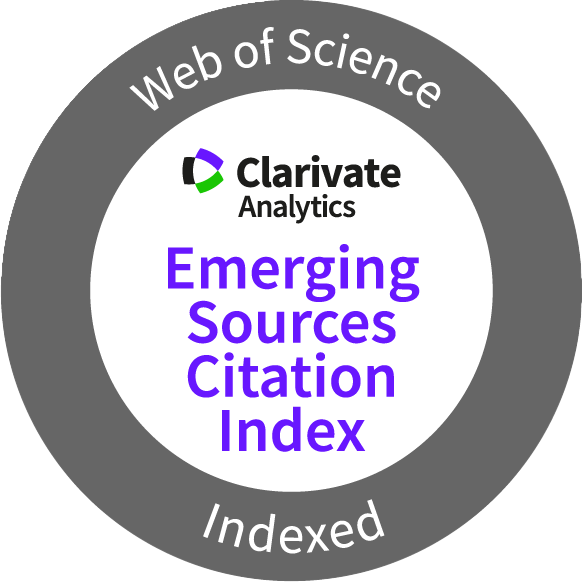Community Relationships and Integration at a Small-Island Scale
DOI:
https://doi.org/10.70460/jpa.v11i1.288Abstract
Most pre-European polities in Polynesia were constituted by multiple interacting communities, some of which were centers while others were hinterlands. The relationship between these communities was mediated by the nature of power in these societies and the economic and ideological foundations of that power. Different relationships leave different material traces across landscapes. The identification of analytical communities in the archaeological record and the analysis of material variation between communities aids in elucidating different forms of group consolidation and hierarchical organization within the region. Using a case study from the Manu‘a Group, Sāmoa, I compare and contrast a series of analytical communities to identify points of variation. These points of variation are then used to highlight the organization of settlement in these societies and the nature of power that supported that organization. I demonstrate that different fields of power can be identified in Polynesia by comparing the archaeological record of communities, and such comparison provides insights into the dynamics of political structure not wholly documented in ethnographic and ethnohistorical literature.
Additional Files
Published
How to Cite
Issue
Section
License
https://creativecommons.org/licenses/by/4.0/








